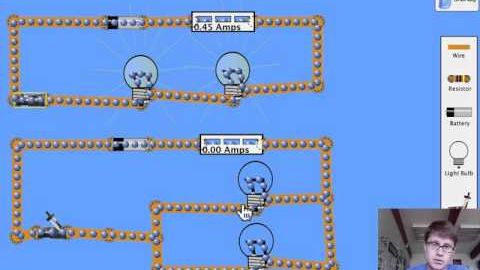串聯和並聯電路 (Series and Parallel Circuits)
kiss08099 發佈於 2021 年 01 月 14 日  沒有此條件下的單字
沒有此條件下的單字- v.i.(歲數等)超過;逾;改變;變成;轉變
- v.t./i.轉彎;轉
- n.(道路)彎;依序;依次;輪流;輪班;(依次輪流時各自的)一次機會;轉變;變化
- v.t.使成形;車削
US /ˈkɚrənt, ˈkʌr-/
・
UK /'kʌrənt/
- n. (u.)電流;流量;流通貨幣
- adj.目前的;通用的;被普遍接受的;有效的;最新的
- n.趨勢;潮流;輿論
- n.差距;摔落(某物);(質量的)下降;液滴;水滴
- v.t.送;從手中摔落;停止;使(質量)下降;拜訪;降低
- v.i.趴下
US /ˈsɪriz/
・
UK /ˈsɪəri:z/
- n. (c./u.)系列;系列;電視劇;系列賽;級數;系列
- n. pl.一連串;一系列
- adj.串聯
